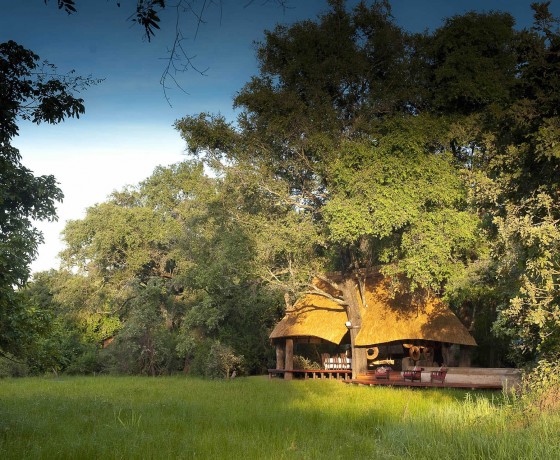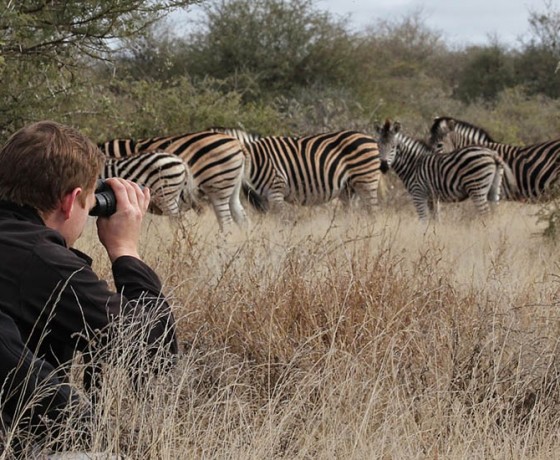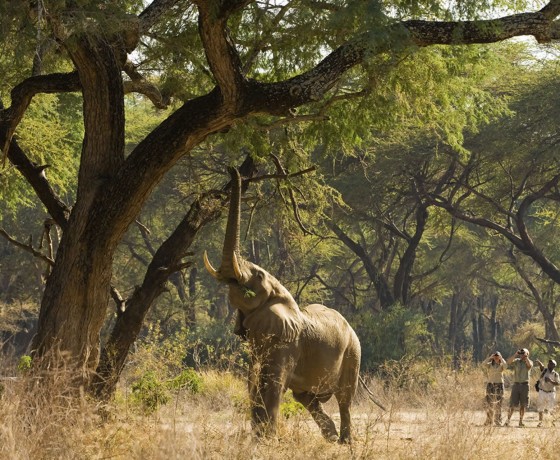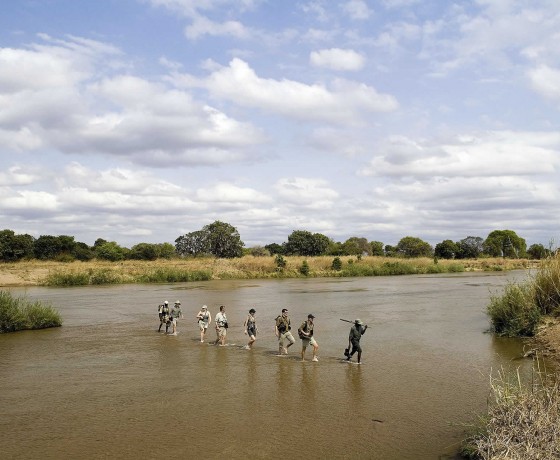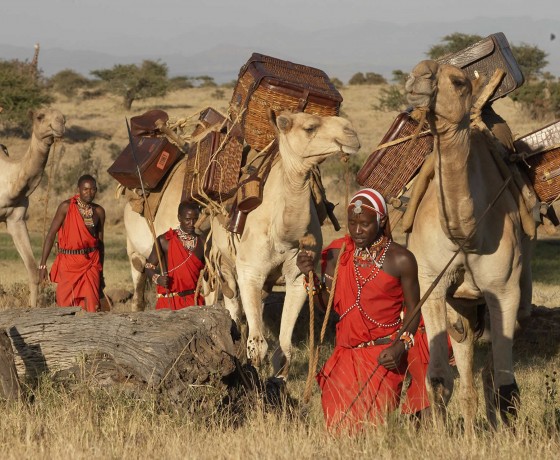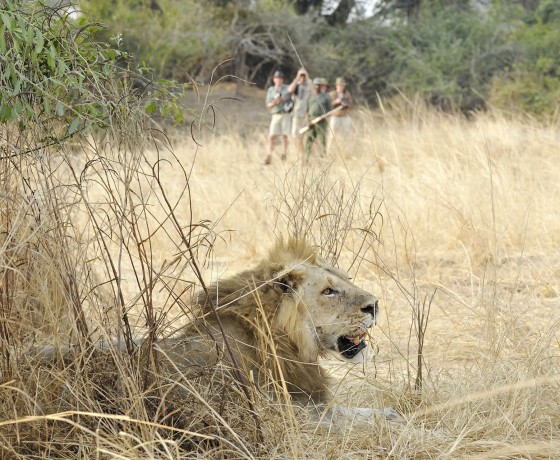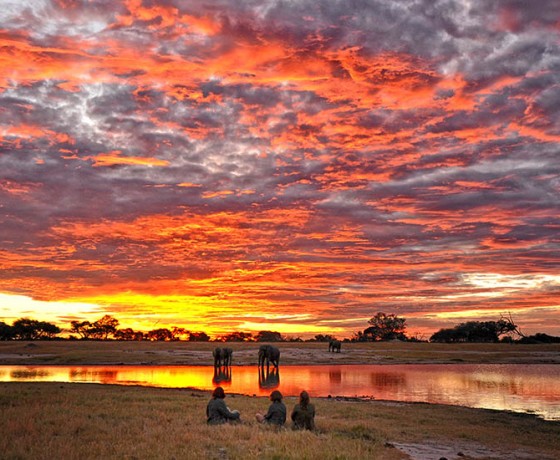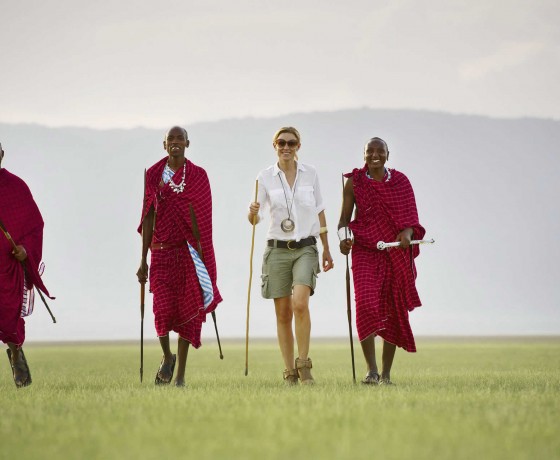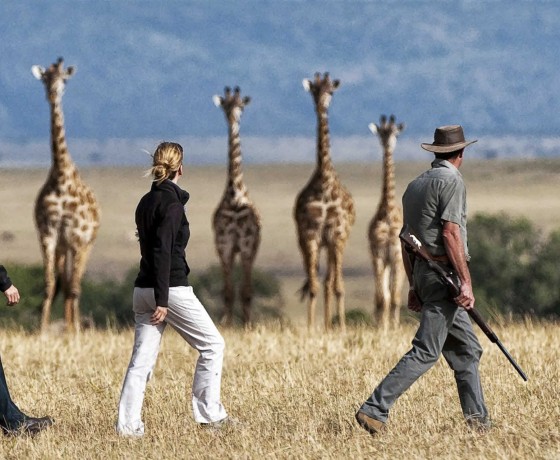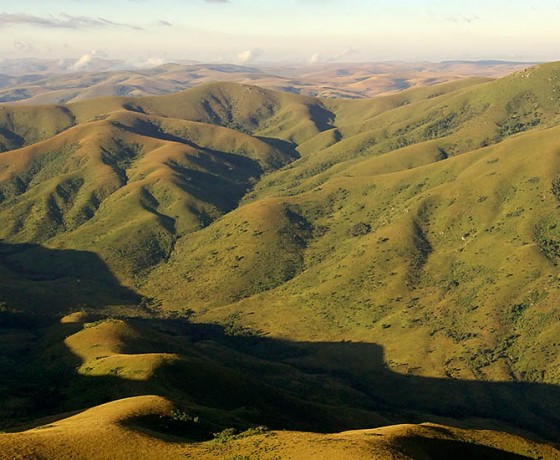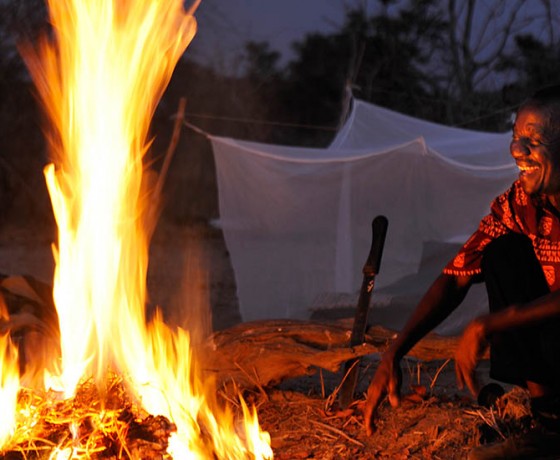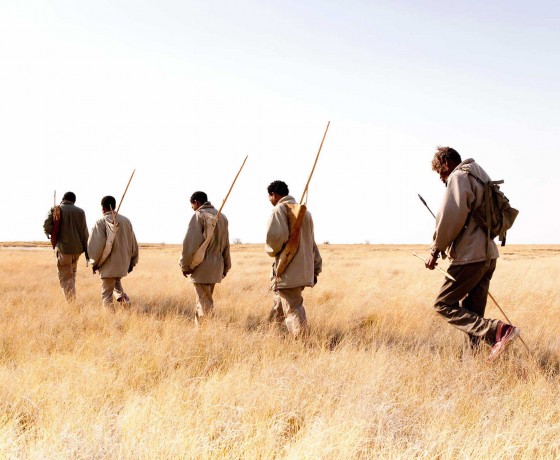- Home
- Destinations
- Experiences
- Family Safaris
- Luxury Safaris
- Wildebeest Migration
- Primate Safaris
- Riding Safaris
- Kilimanjaro Climbs
- Cycling Safari
- Mobile Safaris
- Beach Holidays
- Exclusively yours
- Canoe and Mokoro Safaris
- Weddings & Honeymoons
- Specialist Photographic Safaris
- Walking Safaris
- Small Group Travel
- Single Travellers
- Self Drive Adventures
- Planning
- About Us
- Blog
- Contact Us
Walking Safaris
Walking is a perfect way to explore Africa’s great wilderness regions, getting to know its rugged topography and plant life, spotting colourful birds and slowing down to the pace of the natural world. You won’t get quite so close to potentially dangerous animals, but on foot that’s probably just as well.
Many of the camps and lodges in private reserves will arrange half-day walking safaris as an alternative to heading out on game drives. There are also a number of operators who organise walking safaris that can last for days or even weeks. Sometimes support vehicles take your luggage ahead while occasionally there are animals to carry your bags. Kenya’s camel safaris are walking safaris in all but name, as few people would wish to spend days on a camel when they could be strolling by their side at much the same pace.
Distances covered tend to be quite short and the pace of the walk is normally dictated by the slower ones in the group, the temperature, and general terrain to be covered. You’ll usually walk for two to four hours or so in the early morning and relax through the heat of the day, with the opportunity to stroll further in the afternoon and evening if you so wish.
Watch this video of Norman Carr’s ‘Return to the Wild’ walking safari in the South Luangwa, Zambia
Travel Tips
- These are not route marches, but gentle ambles through the bush at a pace that suits the heat and the possible presence of wildlife.
- Most walking is early morning or later afternoon.
- With a good guide, a walk is an outstanding way to learn about every aspect of the bush and all that lives in it.
- Wildlife is mostly more wary of humans than you might think.
- Keep quiet and do as your guide tells you.
- Most animals see in black and white, so colour itself is less relevant, but wear clothes than don’t stand out; white is bad, beige is good.
- Avoid blue and black because they attract tsetse flies, which bite like a horse fly.
- Wear a hat and sunscreen – the sun will be on your face and neck at the time of day when walking is best.
- Wear shoes that support your ankles, and are comfortable for several hours in hot weather – you don’t need walking boots.
- Take a small backpack for water and sunscreen.
- Make sure you choose a well-run operation, with experienced guides looking after the group.
- Take layers and a day bag, a cool early morning will warm up quickly as the sun comes up.
- Don’t expect to see large amounts of big game on foot, it’s more about appreciating the smaller details.
Some of our Walking Safaris Highlights Click on an image to find out more
